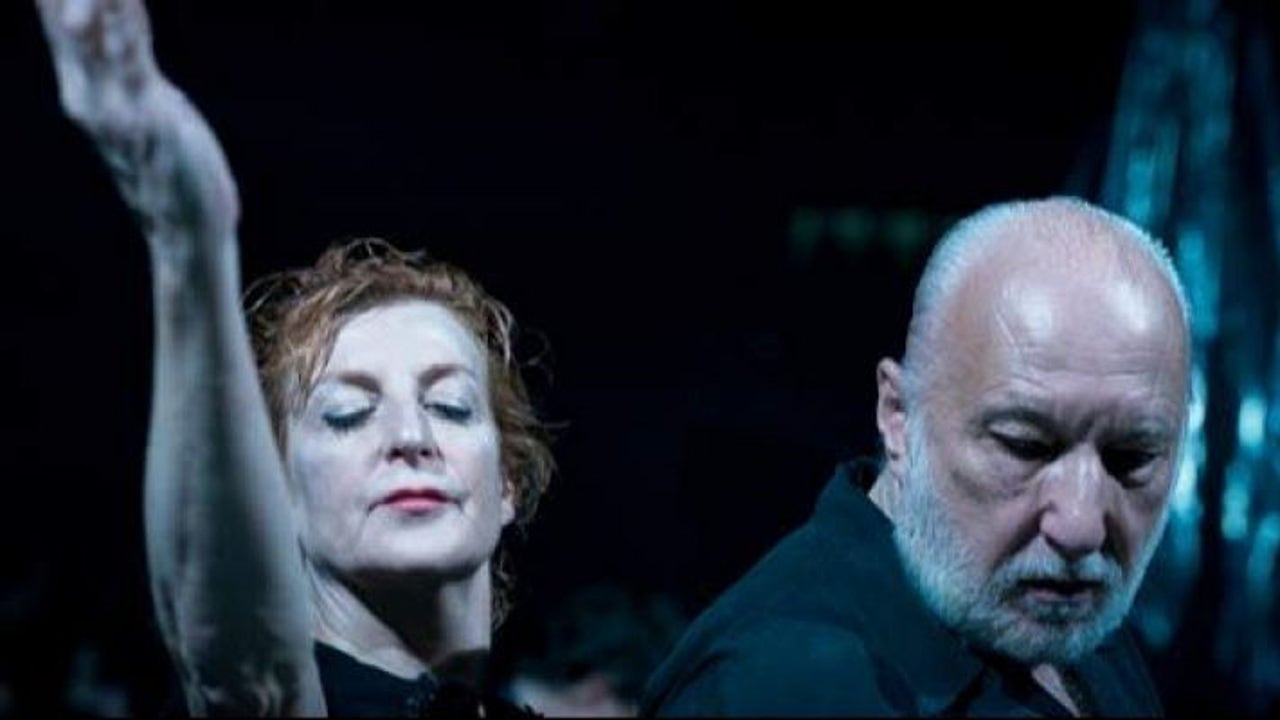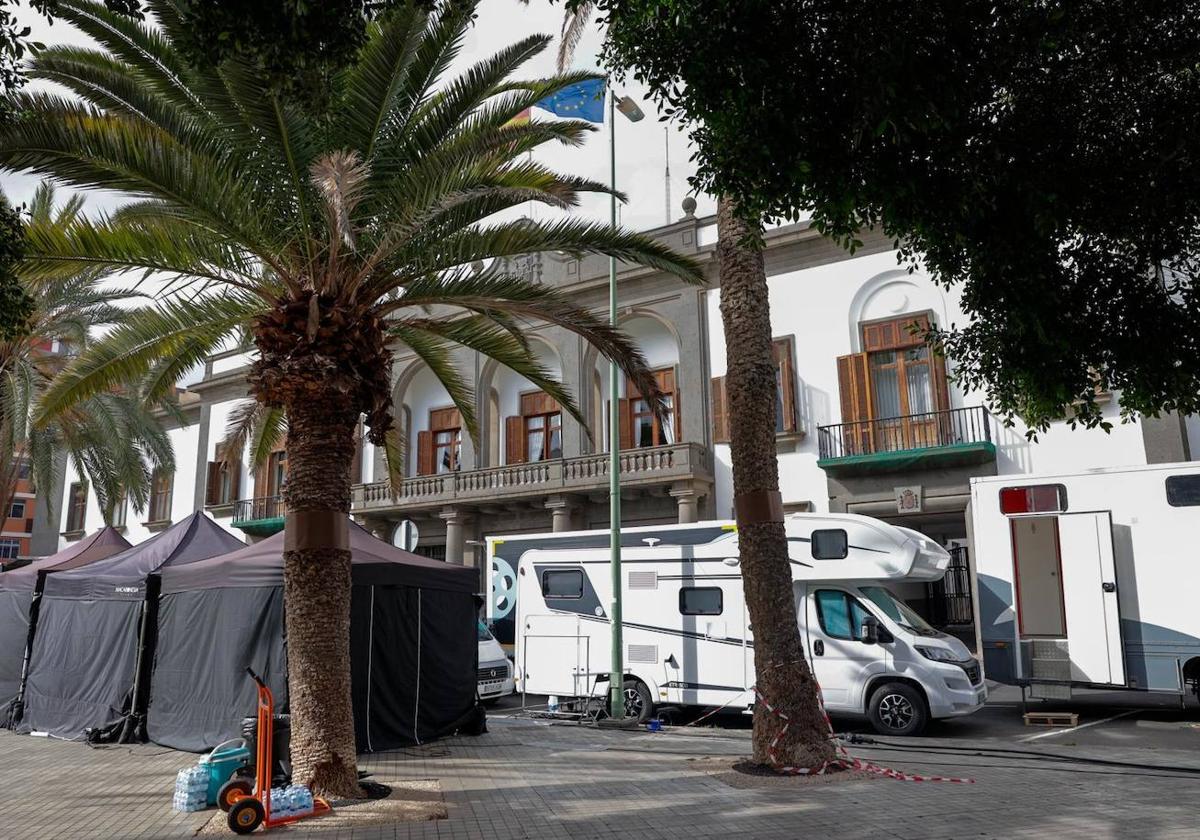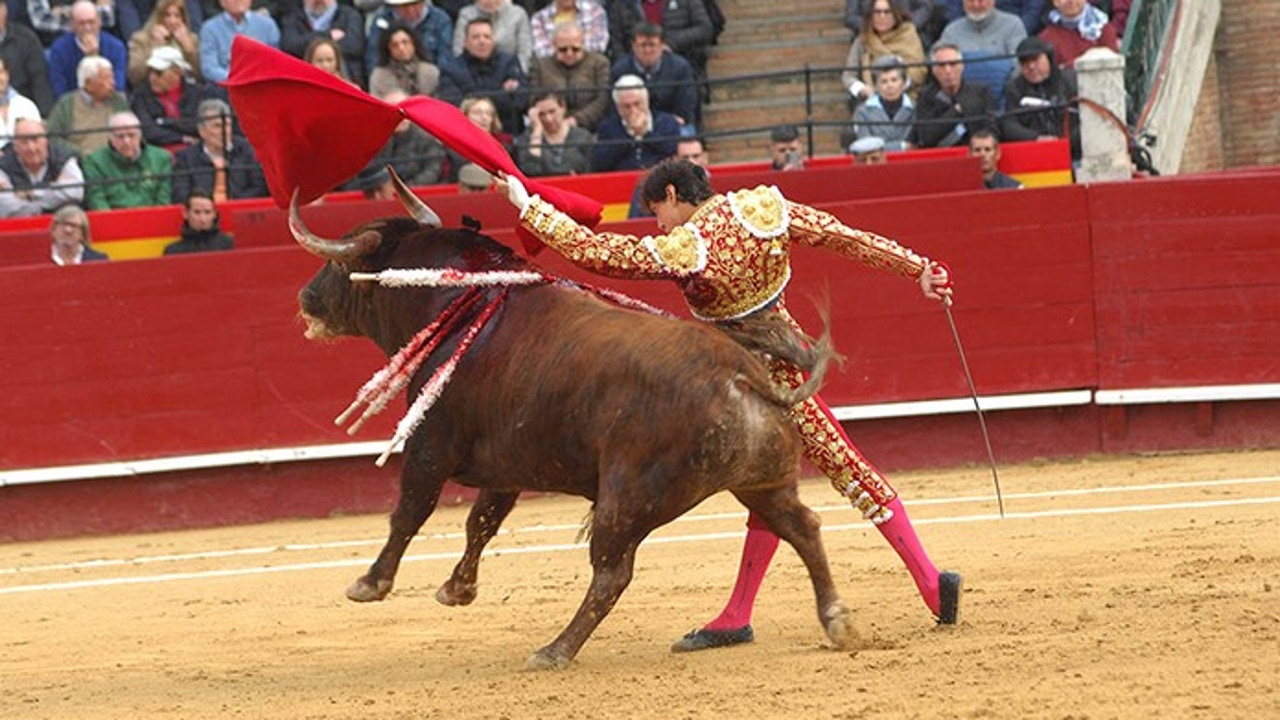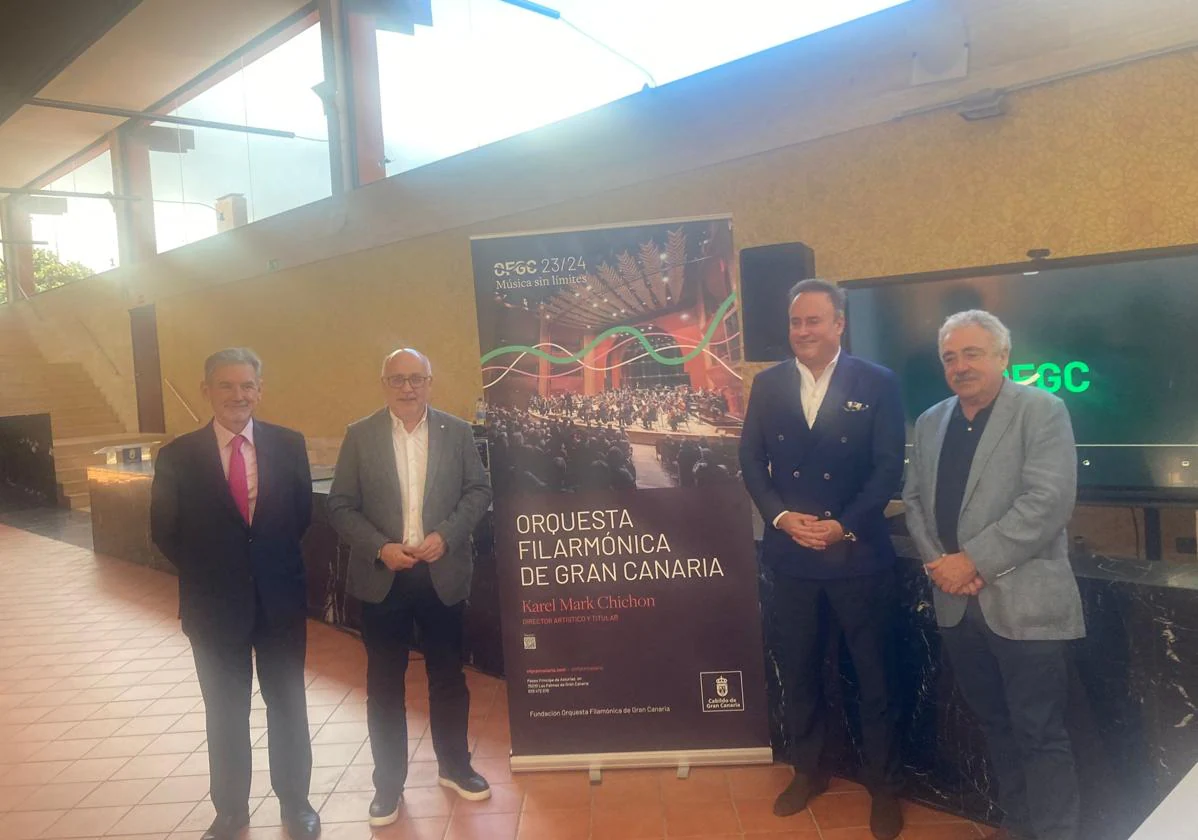The Carabolo: from Tartessian treasure to landfill | Culture

The decree of the Junta de Andalucía 80/2016 of declaration of Cultural Interest (BIC), the maximum protection for a monument or discovery of the past, is clear in his presentation: “The archaeological site of El Carabolo contains the material remains of one of the first protohistoric locations excavated in the Lower Guadalquivir, and its mere existence is a milestone and a reference in the knowledge of the periods of the Final Bronze and the Iron Age ”.
The reality, however, shows something very different: the hill where in 1958 the famous Tartessian-Phoenician treasure was discovered and under whose grounds remains of four historical occupations are hidden. Chalcolithic (about 4,000 years) to Protohistory (between the twelfth and seventh centuries BC), it is currently a landfill, which accumulates garbage of all kinds, debris, stagnant waters and stinking odors. Framing the issue also underlies an urban dispute. "We have been denouncing neglect by various means for years," explains Álvaro Fernández Flores, the director of the latest excavation work on the hill. "Only the central part of the sanctuary has been covered with concrete, while the rest has been left in the air, accumulating garbage and degrading vegetation and atmospheric agents," criticizes the archaeologist.
Neither the company that owns the land nor the City Hall of Camas (Seville), where it is located, have agreed to rule on the matter. For its part, the Andalusian Board, responsible for its protection, replied: "No action is planned."
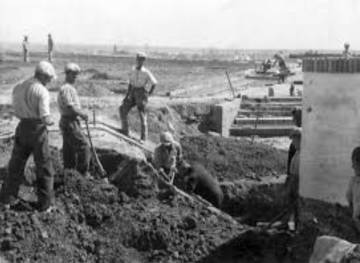
The Carabolo is a protected hill of 29,450 square meters. It stands on the outskirts of Beds, a few kilometers from Seville. Urban constructions have not affected him, although there was a project to build a hotel after an urban requalification. In 2000, the City of Camas converted the hill into tertiary land, which until then was described as “outstanding landscape”.
The place is currently accessed through a ramshackle metal door. The plot is not protected by any deterrent. In 2006, archaeological excavations were completed, which confirmed the existence of important Protohistory buildings, including a large Phoenician temple.
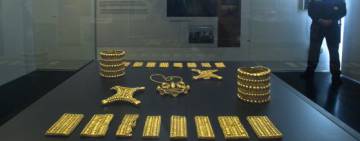
The BIC declaration made a decade later has not served to implement conservation measures or archaeological interpretation for potential visitors. The professor of Prehistory of the University of Seville Leonardo García Sanjuán complains that three great and nearby sites of the Sevillian Aljarafe are not valued: El Carambolo, Valencina (Calcolitic) and Italica (Roman). "It is an exceptional archaeological landscape that could reach the rank of world heritage," he says.
In 1958, while a shooting pavilion was finished, some workers found a spectacular treasure composed of a set of 21 gold pieces. Nothing like this period was ever found. Everything was hidden in a ceremonial center and place of reference for navigating the Guadalquivir. The Carabolo was the main Phoenician sanctuary that occupied the missing cove of the Guadalquivir, a tongue of water that entered 70 kilometers from the Atlantic. The Tartessian-Phoenician buildings occupied about 4,500 square meters.
The sanctuary was composed of a nucleus of buildings preceded by an atrium, surrounded by a slope and a defensive moat. "It is, therefore, a sanctuary that would occupy not only the top but the entire crown and the southwest and northwest slopes of the hill," says the decree of protection. The land was purchased by the Gabriel Rojas real estate agency, which designed a 150-room hotel on the site, after the land was re-qualified. Before building, he made the mandatory archaeological excavations.
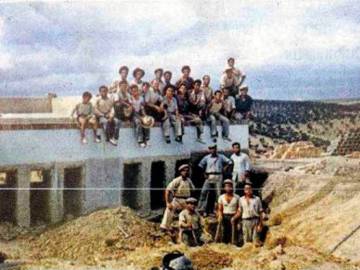
Álvaro Fernández Flores directed those works, which documented up to five historical phases. The remains of greater value corresponded to a child burial and pits or silos of the Chalcolithic, ceramics of the Bronze Age and buildings dated in the Protohistory for Phoenician religious activities, where one of a monumental character, terracotta votives or an altar in the form of bull skin. The remaining phases correspond to a trench of the War of Independence and a sports building, the Pigeon Tire, from the 50s of the 20th century. The smallest and most fragile findings were transferred to Archaeological Museum of Seville. The exhumed buildings were protected with a layer of concrete.
After finishing the excavation, the real estate company litigated with the Board because in 2009 it decided not to authorize the hotel. By this decision, the Andalusian Government was sentenced in 2016 by the Supreme Court to pay 1.5 million compensation to the real estate. A year earlier, in 2015, archaeologist Ignacio Rodríguez Temiño published an article in the magazine Cultural Heritage and Law where he denounced that "the municipal urban machinery activated to facilitate the location of the hotel facility has made the preexistence of remarkable archaeological remains a problem."
Three kilos of gold with 2,700 years
It is documented that on September 30, 1958, Alonso Hinojos del Pino plunged the hoe into the ground and thus appeared before him a 24 karat gold bracelet. The mason was part of the gang that was working in a facility of the Seville Pigeon Tire Society on the outskirts of Camas.
He gave the warning and all his companions began to dig until the treasure appeared complete: 21 pieces, weighing 2,950 grams. The wealth of the whole made them think that this could not be gold. So they handed it over and took it away. However, doubts soon began and returned some jewels of more than 2,700 years.
The treasure was transferred to the Archaeological Museum of Seville, but its incalculable value meant that a copy was soon commissioned to the Marmolejo Spanish goldsmith, which is what can now be seen. The original pieces have only been exhibited five times. The last two: in 2009, on the occasion of the 50th anniversary of its discovery, and in 2012. It remains guarded in a bank's safe.

